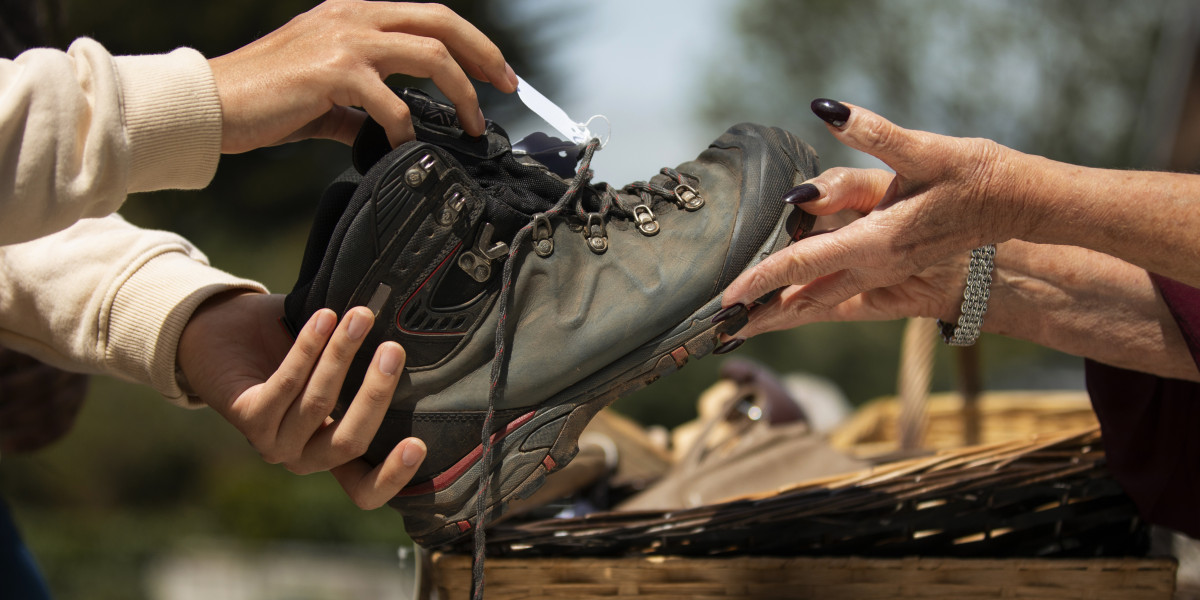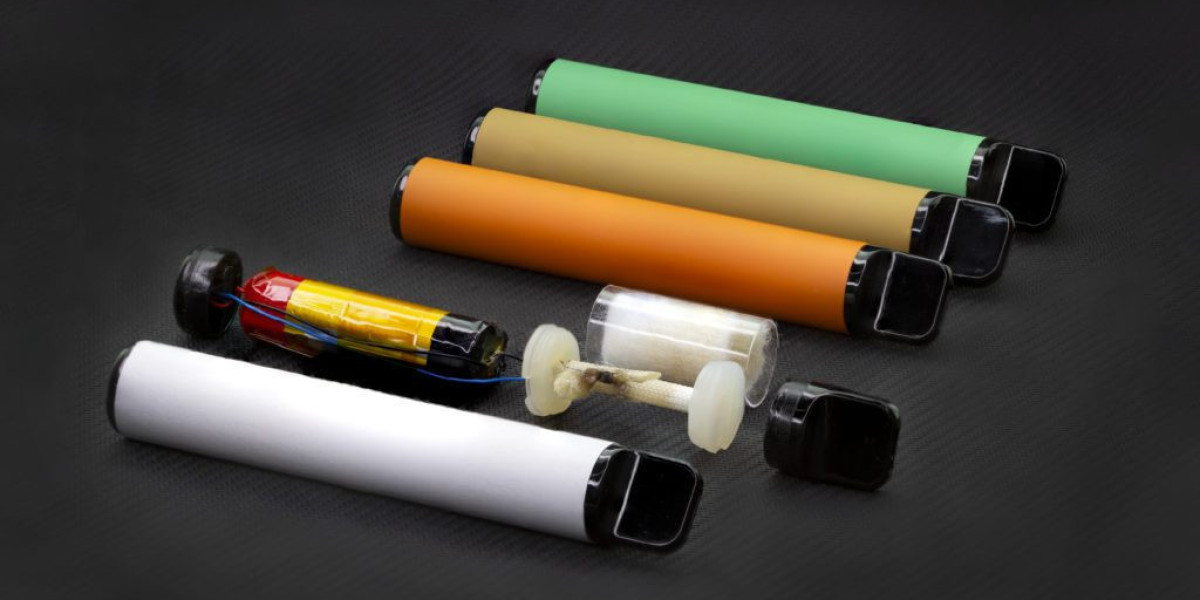1. Define the Purpose and Beneficiary
- Set a Fundraising Goal: Determine how much you want to raise and how many shoes will help reach that target.
- Choose a Partner Organization: Many companies and nonprofits specialize in collecting used shoes. Some, like Funds2Orgs, will pay by the pound or per pair for gently-used shoes, which are then distributed to developing countries.
2. Organize Your Team
- Assign Roles: Form a volunteer team to help with logistics, promotion, and collection.
- Divide Responsibilities: Designate roles for tasks like marketing, collecting, and sorting shoes, and securing drop-off locations.
3. Set Up Collection Points
- Choose Drop-off Locations: Identify high-traffic, accessible locations for donation bins, like schools, community centers, gyms, churches, and local businesses.
- Secure Collection Bins: Label large bins or boxes with clear signage explaining the cause, the types of shoes you’re collecting, and donation guidelines.
4. Promote the Fundraiser
- Social Media Campaign: Use platforms like Facebook, Instagram, and Twitter to announce the fundraiser and post regular updates. Share impactful images or stories to generate excitement.
- Email Marketing: Send out email newsletters to your contacts, including local schools, sports teams, and community groups, to encourage participation.
- Flyers and Posters: Place posters around the community, especially at your collection points, to attract passersby.
5. Collect and Sort Shoes
- Schedule Regular Collection Days: Designate times for volunteers to pick up shoes from each location to prevent bins from overflowing.
- Sort Shoes by Condition: Separate gently-used shoes from those too worn to be reused. Only shoes in good condition will likely be accepted by partner organizations or sold.
6. Partner with a Shoe Collection Organization (if applicable)
- Contact Partner Companies: Companies like Funds2Orgs, GotSneakers, or Soles4Souls offer structured programs that buy used shoes per pound or per pair.
- Arrange for Shipping or Pick-Up: Coordinate with the organization for either shipping the collected shoes or scheduling a pickup once you reach a certain quantity.
7. Thank Supporters and Report Results
- Share Impact: Post an update on how many shoes were collected and how much money was raised. If the shoes are going to a specific community, share stories about the beneficiaries if possible.
- Send Thank-You Messages: Express gratitude to all participants, including businesses that hosted collection bins and volunteers, through social media and email.
8. Plan for Leftover Shoes
- Contact Local Charities: If there are shoes that do not meet the partner organization’s requirements, donate them locally, or recycle them through textile recycling centers.
Additional Tips for Success
- Engage Local Groups: Reach out to schools, sports teams, and faith groups to organize “mini-drives” that contribute to the larger campaign.
- Create a Visual Progress Tracker: Show the number of shoes collected on a progress board to encourage more donations as you approach your goal.
- Offer Incentives: Consider small incentives, such as raffles or community recognition, for large contributors or the top donor groups.
Example Organizations to Partner With:
- Funds2Orgs: Provides payment per pound of shoes collected and offers resources for organizing a shoe drive.
- GotSneakers: Pays for each pair of athletic shoes collected, focusing on recycling and sustainability.
- Soles4Souls: A nonprofit that accepts shoe donations and distributes them globally.
Conclusion:
Used shoe fundraisers are simple to organize and require minimal costs, making them accessible for groups of all sizes. By running a successful shoe drive, you’ll not only raise funds but also make a positive environmental impact and help those in need.








